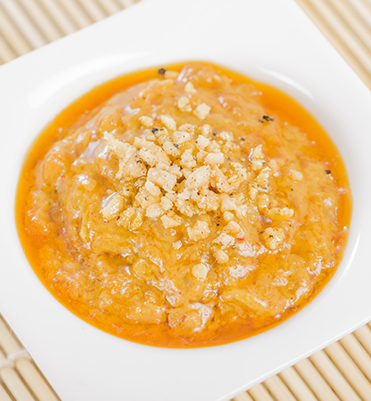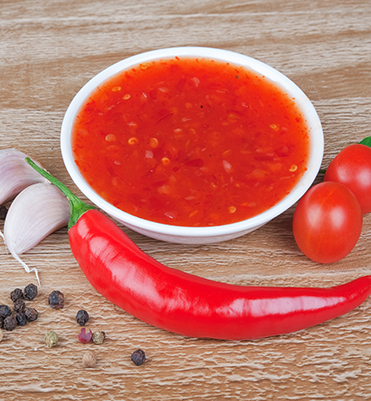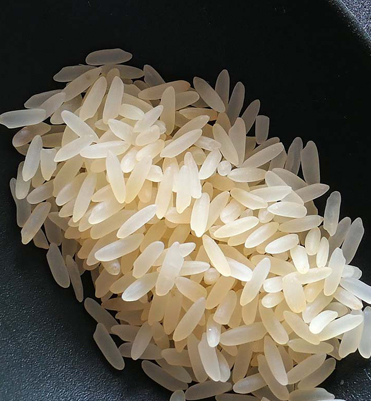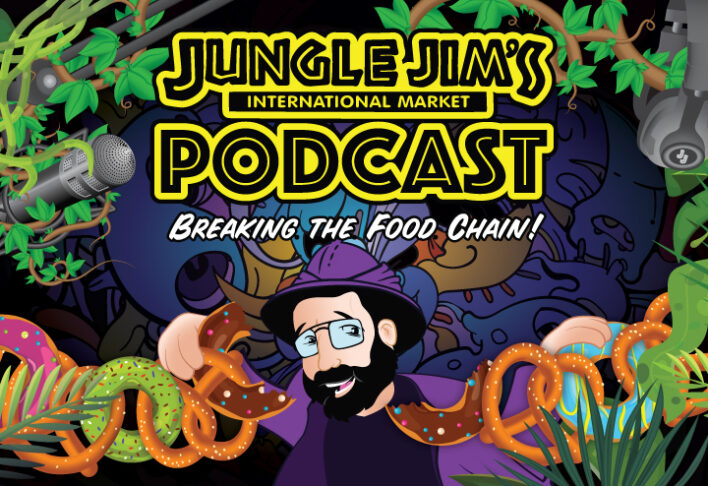Thai cuisine varies significantly from region to region and includes influences from Portugal, France, Japan, the Netherlands, India, and China. However, they all contain the same components of traditional Thai cuisine. Historically, meals consisted of seafood, plants, and herbs being stewed, baked, or grilled. With the migration of Chinese people around 600 A.D., frying, stir-frying, and deep-frying food became more prevalent.
Previously meals were eaten on the floor while sitting on mats; today, depending on the region, dining tables are used. Despite heavy Chinese influences, chopsticks are hardly ever used except for heavy noodle dishes. Instead, Thais mainly utilize spoons and fork for eating the majority of their meals, with the assistance of a serving spoon to help separate meat and No knives, please! As for what’s on America’s menu, Thai curries, pad thai (fried noodles), and Khao pad (fried rice) are popular favorites, but street food has become an everyday staple all around Thailand, especially in the capital city of Bangkok.
Street food stalls in Thailand have become such a popular site, and there are areas of the capital that are famous for the food they serve! Though not fully adopted by native Thais until the 1960s, street food began to explode onto the scene due to rapid urban expansion and population growth. By the 1970s, the convenience of street food was very popular with many Thai workers and became their “go-to” for a quick and easy meal.
If you were to traverse the streets of Bangkok, you’d find an assortment of ready-to-eat, and made-to-order foods such as Pad Thai, various types of satay (skewered meat), or even fried insects! It wouldn’t be uncommon to find a dish with an accompanying sauce such as a Thai coconut peanut sauce or a spicy Thai chili sauce. Try some of our recipes from the cooking school to get a taste of real Bangkok street food!








